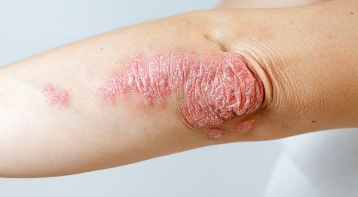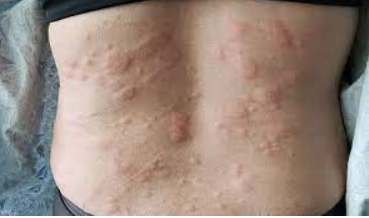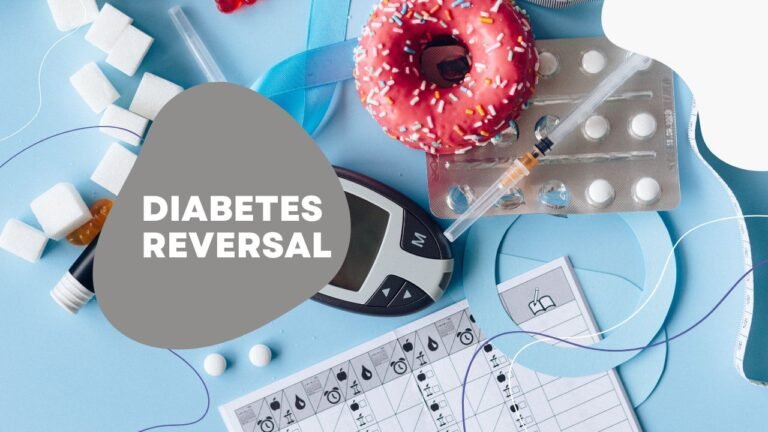Skin Diseases
SKIN DISEASES
The three things that are to be discussed are Psoriasis, Eczema and Urticaria which are skin disorders or autoimmune diseases. These are non-contagious diseases. When diagnosing Psoriasis and Eczema there is a thin line between them. There is a problem in diagnosing these two diseases because of similar symptoms and the treatment according to Naturopathy is also kind of same. Talking about urticaria, it is different when it occurs and has different treatment to cure.

It is the problem in which the skin cells build up from the cells and are itchy with the dry patches on the outer layer. Psoriasis is an autoimmune disorder. It is a non-contagious disease. The cause of Psoriasis is completely unknown by science, and it varies from patient to patient. According to the research, environmental and genetical factors are root causes for creating this problem.
The word Psoriasis is Greek word which is combined by ‘psora’ which means itchiness and ‘iasis’ means condition. That is why there are white silvery patches and scars on the skin. It is a chronic problem. It will take a long time to disappear and cure. Also, it is 100% curable. It is chronic reoccurring because once its upper layer is clear again there is chance of occurrence if whatsoever the remedies or treatments suggested by the doctor are not followed. It is an inflammatory skin disease hence it is characterized by silver, white and red skin patches. There is no age of the person to get in contact with this problem.
Risk factors:
Apart from environmental and genetical factors are Beta Hemolytic Streptococcus (BHS) infection, skin injury, excessive cooling place, obesity (due to heavy fatty tissues formed), certain drugs (lithium and other similar medicines), stress, over smoking and alcohol consumption.
Signs and symptoms:
Include red spots which can spread all over the body if not controlled, dry , swollen and inflamed skin on the outer layer, shape changes of the same part, patches covered with silvery, white flexes, crust formation on the skin, skin becomes thick, itching and burning sensation, continuous itching and bleeding (oozing), joint stiffness and pain and nails color change. With this one can diagnose the problem of psoriasis. Most common areas where it is easily visible are scalp, any joints in the body, hidden parts of the body (for females especially breast area).
To diagnose various types of psoriasis:
- Plaque Psoriasis is the most common type of it. It occurs in any parts of the joints like elbow or leg joints. Around 60 – 70% of the people face this type.
- Guttate Psoriasis is like small droplets on the skin. It also shows inflammation of the skin.
- Inverse Psoriasis which occurs in the folded part of the body. Like armpits, back side of the knee, front neck area, and similar parts.
- Pustular Psoriasis the name itself indicates the patches full of liquid. Some types of lesions are seen on the skin which are soft when you press it sticky as well as smelly liquid comes out. Sometimes the liquid is hot.
- Psoriatic Arthritis occurs to patients who have already suffered from the arthritis problem, or they are more on medicines to suppress their pain. Some even have heavy type of medications or steroids are more prone to get such Psoriasis. Joints are inflamed in this condition and a person faces stiffness. They can’t even grip the things properly. The toes are also not straight. They are very much chronic. It will take more time for the person to treat. There are 50-50 chances for the people to cure completely. Deformation of nails also occurs.
Types of tests to diagnose:
CBC ESR Test which will help you to know the rate of infection of psoriasis in the blood.
Skin Biopsy Test in which a sample is cut from the skin to check the skin conditions and lesions.

ECZEMA
Eczema is also called as Atopic Dermatitis. To understand it’s better to divide this into 2 categories as one is endogenous and the other is exogeneous. Endogenous occurs internally and exogenous occurs externally.
The endogenous eczema occurs inside the skin layer. This type of eczema is basically seen in children’s below six to eight years. It is hardly seen in adults. It occurs in the bodily areas such as cheeks, elbow and outer part of knee. This has happened because of some internal infection. When the child was born due to some inside defect in the body. It may be genetic. Some type of environmental factors also affect. Or else if the child is in medications inside the womb of the mother and born with certain medicinal reactions. It also depends on the immunity of the child again and accordingly the severity level is stated.
It may occur in any part of the body and not at any specific place. It starts with a small itching and aggravates slowly in the whole body. But in general, it is seen in the part of the neck, ankle and leg joints. Especially on the stomach lining too it occurs. It is in uneven patches or the whole lining.
Risk factors:
In females it is seen because of makeup, bindis, fabrics, rubber slippers, mosquito bites, dust particles, perfumes, certain soaps, and certain types of seedful vegetables. Certain climatic changes. Hormonal imbalances. Changes in premenopausal and postmenopausal stages. Even during the periodical cycle it affects. Certain spices are also responsible in some cases. In most cases, dairy and gluten products affect.
Signs and symptom:
Cracking of skin, thickening of the skin, frequent itching, continuous sneezing, watery eyes, silver and red patches, dryness, and oozing of the skin.
To take care of skin by applying organic moisturizer on the skin, apply good quality of aloe vera fresh gel, coconut oil application is healthier, white butter is a homemade healthy moisturizer thing for your skin. Make sure to hydrate yourself.
Treatments:
Deep sea mud is healthy for such skin problems that is the mud therapy in Naturopathy is one of the best remedies. Mud has capacity to absorb toxins and gives cooling to the skin. It starts curing the skin. Sunbath for 15-20 minutes us also responsible for healthy skin. Taking mud therapy and sun gazing with the same will give double benefit. The deficiency of space element can be overcome by the help of fasting therapy. While treating this kind of skin problem two basic therapies that need to be avoided are massage and steam bath. One should also avoid foods such as white salt, white sugar, all-purpose flour, red chilli powder, fried foods, gluten, dairy and fermented foods. These are shot list of food that to be avoided by a person. There are certain herbs if available the patient should be suggested like Dalbergia leaves, ash gourd juice, wheatgrass juice, aloe vera juice and Amruta juice.

ARCTIC AREA (HIVES)
The places which are covered with ice and doesn’t receive enough sun rays are prone to get this skin problem or hives on the skin. It forms like red bumps or splotches on the skin that is why it is called as hives. Generally, it is caused in areas like ear linings, upper lips, tongue, neckline, finger toes, etc are the areas prone to get this issue. In this symptom include itching, redness, red patches, swelling, inflammation, and dryness. Very uncommon thing is seen in this skin problem that it suddenly occurs and suddenly disappears and within a mean time occurs again. Clinically, it is an autoimmune disorder.
Types of Arctic area include:
- Acute Arctic Area: It is at initial stage. That maybe because of some worms, viral infections, food or medicine allergies, some type of insect bites and physical contact with certain chemicals.
- Chronic Arctic Area: It is for long time. If the problem on the skin is there for more than six weeks, then it is called chronic arctic area. Daily some or the other part of the skin is affected with this. Due to this the person is affected much more psychologically or mentally and they face lack of sleep and do not even eat properly. It is suggested that the patient should be cured in psychological path more.
- Inducible Arctic Area: It is the permanent aspect it will stay that is why it called as inducible arctic area. Apart from itching patches person also face swelling in it. Especially under eye, ankle and finger swelling. With the same person faces inflammation. There may be pinching pain. The body temperature of the person is always higher. Some type of kidney disease and creatinine level is not in good control. Some type of hormonal problem, thyroid problem and liver cirrhosis is faced by the person during this skin problem. Due to such problems to the person is more prone to get this disease.
The bifurcation in this further done as cold arctic area where the temperature is in minus. In this region the people are more prone to get such skin problem. The second is pressure arctic area in which the person wearing tight clothes like denim jeans, stockings, etc face such issue. The third is the vibration arctic area in this we can see two types as the drivers who are driving heavy vehicles for 5 to 6 hours continuously and dermo graphic arctic area which occurs due to the person working in some chemical industry. The other is solar arctic area in which the people are more prone to sun.
The therapy for this skin diseases is mud therapy, detoxification, sunbath, application of herbs, etc in naturopathy. This skin disease is curable as well as treatable.








